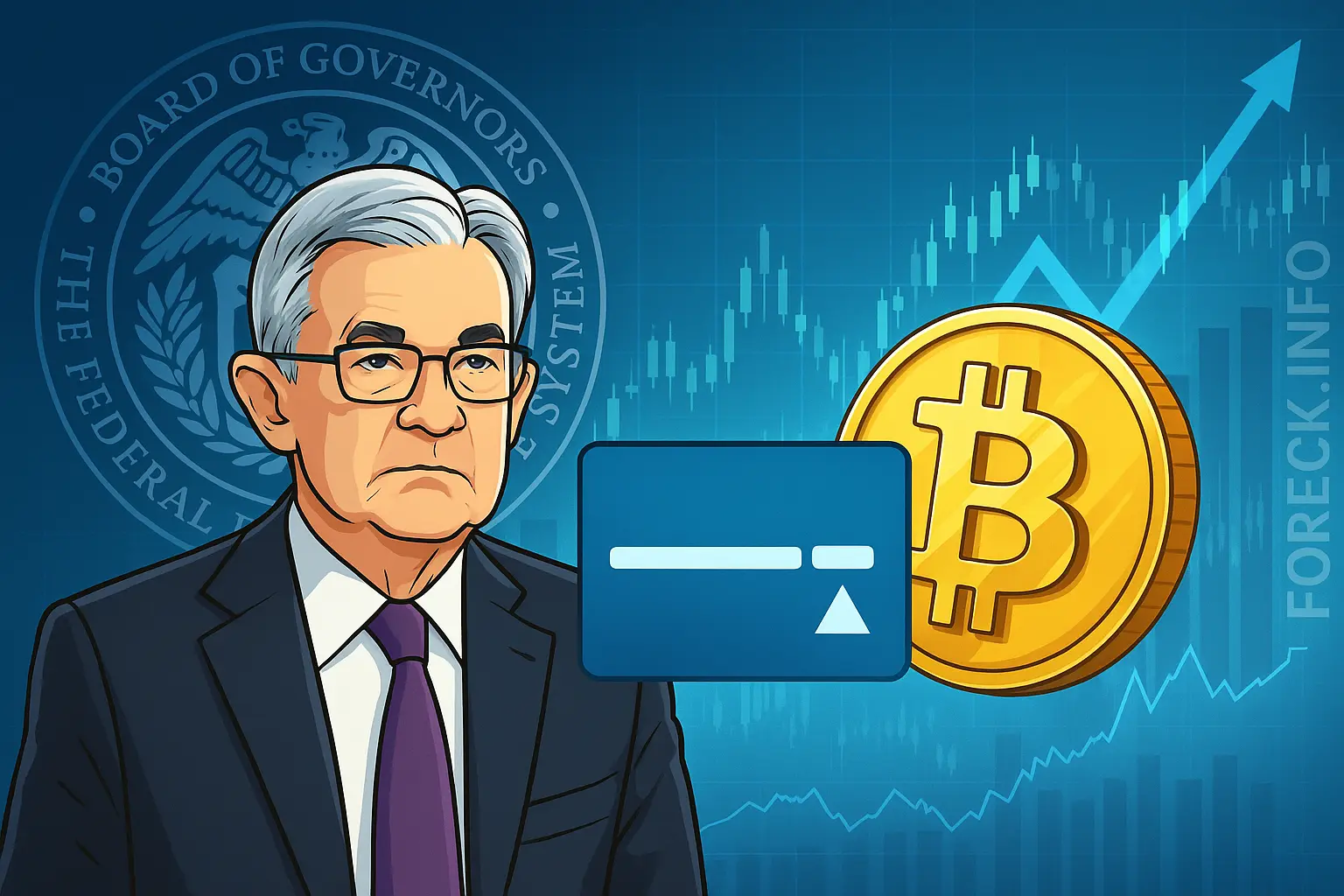This marks the fourth straight meeting with no rate adjustment, extending a pause that began in December 2024 after a 0.25% cut. The decision, which aligned with broad market expectations, came amid a backdrop of persistent economic uncertainty, moderate inflation, and political controversy.
Prior to the meeting, former President Donald Trump publicly criticized Fed Chair Jerome Powell, calling him “a foolish person” and lambasting the central bank’s cautious stance in comparison to Europe’s more aggressive rate cuts. Despite such political pressure, the FOMC’s move to maintain current policy was widely predicted, particularly after the May 2025 U.S. Consumer Price Index (CPI) reinforced expectations of continued restraint.
Notably, the Bitcoin market displayed no immediate reaction to the Fed’s announcement. At the time of writing, BTC was trading just below $105,000 on Binance, remaining stable despite heightened anticipation around U.S. monetary policy decisions. This muted response echoes recent trends, as crypto markets appear increasingly desensitized to macroeconomic news from traditional financial authorities.
 BTC/USDT on Binance after June FOMC decision TradingView
BTC/USDT on Binance after June FOMC decision TradingViewAccording to Valentin Fournier, an analyst at BRN, ongoing pressure on Bitcoin stems from the Fed’s hawkish posture as well as rising geopolitical tensions in the Middle East. Recent industry reports further highlight that Bitcoin miners’ transaction fee revenue has fallen below 1%, signaling tightening profitability for crypto operators in the current environment.
Powell’s Remarks: Key Takeaways
Following the rate decision, Fed Chair Jerome Powell reiterated the committee’s dual mandate of maximum employment and price stability. He noted that the U.S. economy remains robust, with low unemployment and labor markets hovering at or near full employment. While inflation has come down “significantly,” Powell acknowledged it remains above the Fed’s 2% long-term target. He also emphasized that recent upticks in short-term inflation expectations are driven in part by White House tariff policies.
- The Fed intends to keep rates steady until economic data justifies a shift.
- Consumer spending growth has slowed, and GDP contracted in Q1 2025.
- The labor market is stable, with 135,000 new jobs, but not a source of new inflationary pressure.
- Short-term inflation expectations rose slightly, linked to tariff developments.
- Further monetary moves will depend on a comprehensive review of future data.
Addressing media questions, Powell highlighted easing tariff-related uncertainty since its peak in April 2025 and stressed the need for housing market stability, which he said requires “steady, not reactive, interest rate policy.” He declined to comment on migration policy or the prospects of his own reappointment as Fed Chair.
The next FOMC meeting is scheduled for July 29–30, 2025. According to CME Group’s FedWatch tool, markets currently price in a 91.7% probability that rates will remain unchanged.

